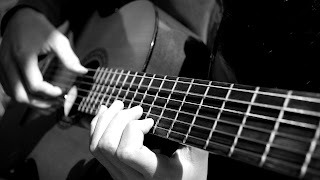Imagery III
In this final
post on imagery for musicians, I offer some tips and conclusions:
A combination of
practice and imagery yields the best results, and like technical skills, imagery
skills can be developed. Three times per week is a good start.
Physical practice
can be limited by injury, fatigue, or over-training the body. Imagery can be
done when the body needs to rest.
Authors of a
meta-analysis examining imagery and performance concluded that 20 minutes is
the optimal duration of imagery practice.
A big question is
whether you should relax before doing imagery. With the PETTLEP model (see
previous blog), you probably shouldn’t. Relaxation is often inconsistent with
the excited arousal stage of performance and may conflict with the desired
realistic emotional component. That said, if you aren’t able to control the
image or concentrate on what you are doing, some authors suggest that
relaxation can help clear out distractions for imagery beginners and help them
focus.
Avoid when using negative
language in your imagery. “Don’t fumble this fingering” or “don’t lose the
phrasing” are examples. Our brains cannot process negative language without
examining the very thing we do not want to see or do. Focus on and use words
that reflect only what you want to do.
But you don’t
want to imagine everything unrealistically perfect either. Also imagine performances
under realistic adverse conditions, such as feeling nervous, or imagining yourself
bouncing back from a mistake to finish a performance well. Before performances,
however, keeping your imagery and focus on excellent execution is best.
Avoid imagery
without a goal. Each imagery practice session should have a specific purpose.
There is a triple-code model of imagery that highlights three essential
components: the image itself, the somatic or bodily response to the image, and
the personal meaning of the image.
Using imagery you
can practice focused attention, physical arousal, and emotional control. You
can review past performances and evaluate your decisions and actions. Research
has also found imagery to be effective in healing by imagining the process of
physiological healing, or seeing yourself as healthy and fully functioning.
The motivation to
practice often gets in the way of successful imagery practice. An imagery
program takes a lot of time and effort to be successful. It is up to each
musician to decide if the gains are worth the investment. It helps to
understand the measurable performance improvement that can be had through the
real physiological changes that occur with consistent imagery rehearsal.



Comments
Post a Comment